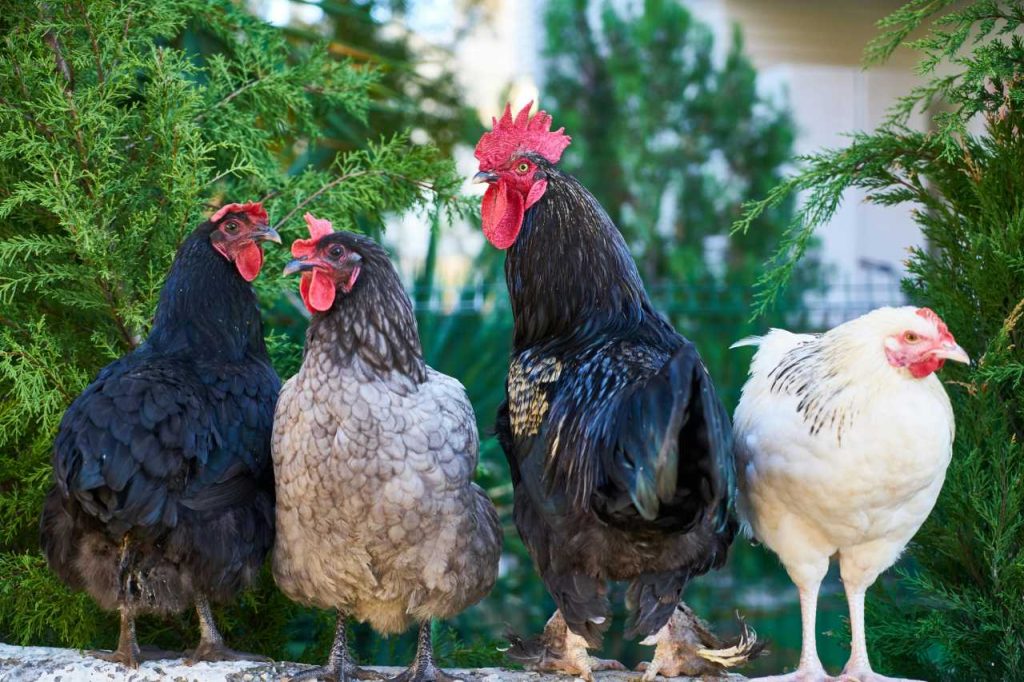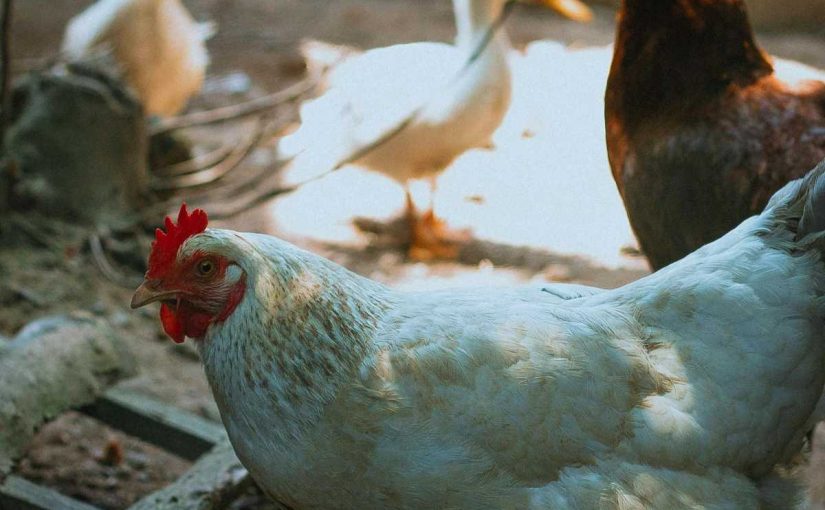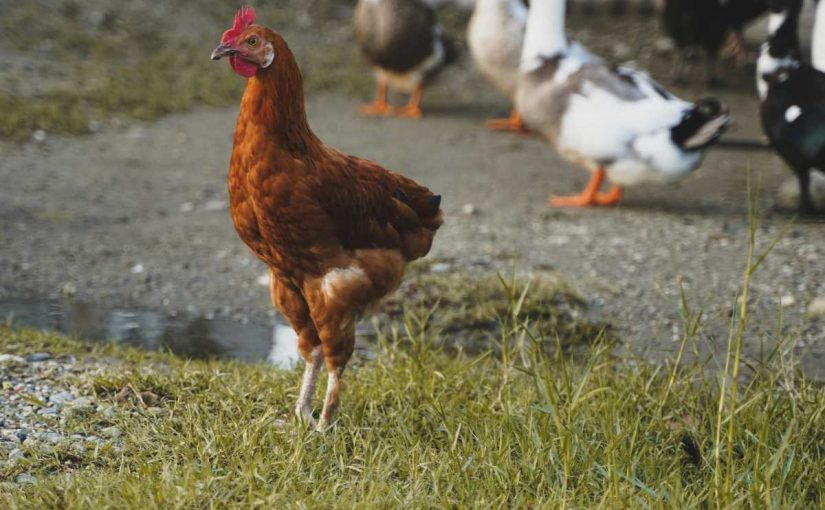Chickens and permaculture go hand in hand. Chickens are natural foragers, excellent at pest control, and provide valuable manure that enriches the soil. By integrating chickens into your permaculture garden, you can create a harmonious, sustainable ecosystem that benefits both your plants and your flock. Here are some innovative ways to integrate chickens into your permaculture garden to maximize the potential of both.
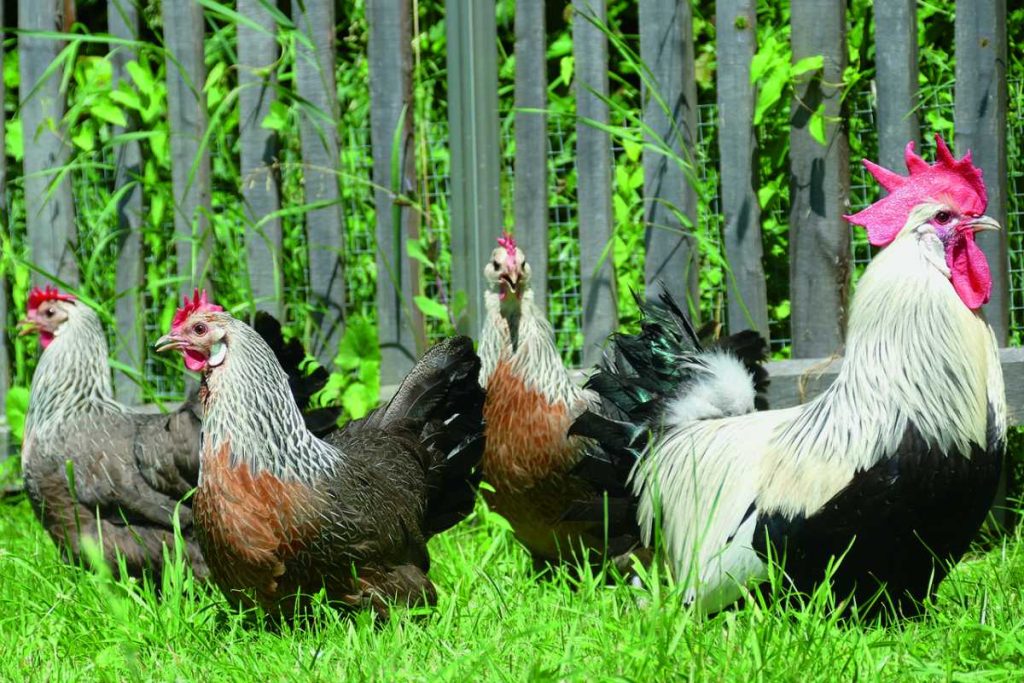
1. Chicken Tractors: Portable Poultry Paddocks
One of the most innovative ways to integrate chickens into a permaculture garden is through the use of chicken tractors. A chicken tractor is a portable, moveable coop that allows chickens to graze, scratch, and fertilize different areas of your garden, all while keeping them contained.
- How It Works: A chicken tractor is essentially a movable pen with no floor, allowing chickens to roam freely and graze on grass, weeds, and insects in different garden areas. By moving the tractor regularly, you give your chickens access to fresh food and provide your garden with a nutrient boost.
- Benefits: This practice reduces the need for artificial fertilizers, controls pests naturally, and aerates the soil with chicken scratching. The manure also acts as a natural fertilizer, improving soil quality.
Bonus Tip: Include a layer of straw or bedding in the tractor, which will mix with manure, creating a nutrient-rich compost as it breaks down.
2. Use Chickens for Pest Control in Your Garden Beds
Chickens are natural pest controllers. They love to eat insects, bugs, slugs, and even small rodents. Incorporating them into your permaculture garden can drastically reduce your need for chemical pesticides and herbicides.
- How It Works: Allow chickens to free-range or graze in areas where pests are a problem, such as vegetable or herb gardens. They’ll naturally keep pests in check while providing you with the additional benefit of fresh eggs.
- Benefits: Chickens can help control common garden pests like aphids, beetles, and grasshoppers, as well as smaller rodents like mice or voles. This creates a more balanced and healthy garden ecosystem.
Bonus Tip: Use chicken-friendly plants like comfrey, nasturtiums, or marigolds around your garden. These plants can help attract beneficial insects that chickens won’t harm, further enhancing the natural pest control in your garden.
3. Create Mulch Layers with Chicken Manure
Chicken manure is an excellent source of nitrogen, and when properly composted, it can provide rich, organic matter that improves soil health. By integrating chickens into your permaculture garden, you can effectively use their manure to create mulch layers for your plants.
- How It Works: Collect chicken droppings and mix them with other organic materials like straw, leaves, or grass clippings to create a nutrient-dense mulch. Spread this mulch in your garden beds to help retain moisture, suppress weeds, and improve soil structure.
- Benefits: Using chicken manure in your mulch not only helps nourish your plants but also reduces the need for synthetic fertilizers, which can harm the environment. Additionally, the mulch helps to keep the soil cool in the summer and warm in the winter.
Bonus Tip: Be sure to compost chicken manure before using it directly in the garden, as fresh manure can be too “hot” and may burn your plants. Composting for a few weeks or months makes it safe to use.
4. Chickens as Soil Aerators
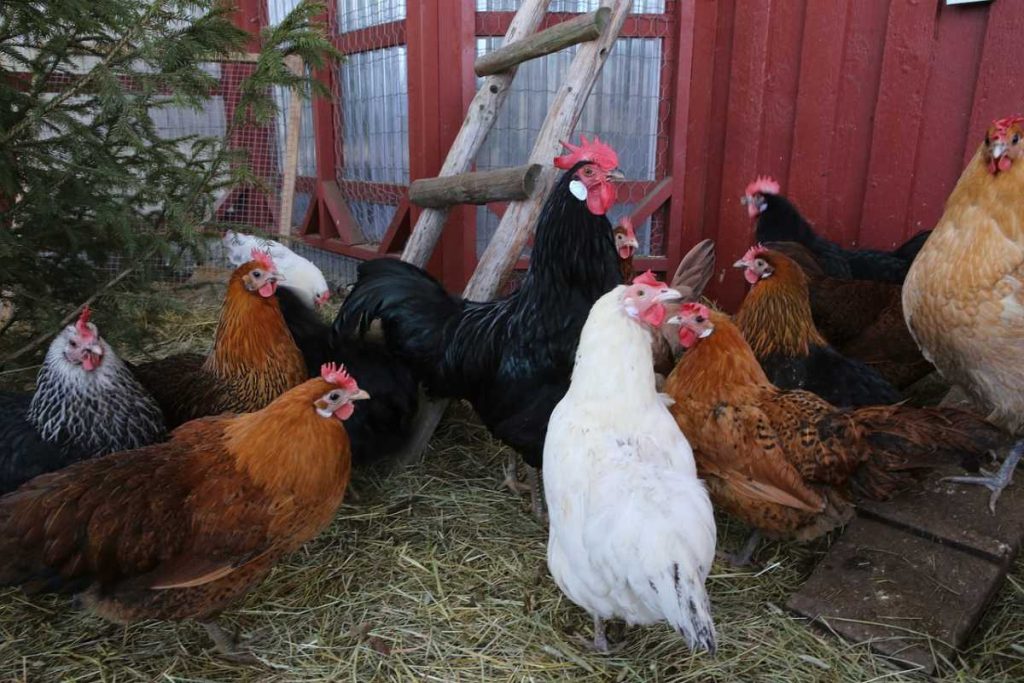
Chickens are natural soil aerators. Their constant scratching and pecking break up the soil, making it easier for water, air, and nutrients to penetrate. This behavior is highly beneficial for garden beds and can help improve soil health and structure.
- How It Works: Allow chickens to roam freely in areas of your garden where you want to improve the soil. Their scratching will break up compacted soil, creating better air and water flow for plants.
- Benefits: By naturally aerating the soil, chickens help prevent compaction, improve drainage, and create a healthier environment for plants to grow. This is especially helpful in raised garden beds or areas with clay-heavy soil.
Bonus Tip: Rotate your chickens between different sections of your garden to ensure that no single area is overworked and that soil health is continually improving across your entire permaculture system.
5. Chickens and Cover Crops for Soil Enrichment
Integrating chickens with cover crops is an innovative way to enhance both the garden and the health of your chickens. Cover crops like clover, alfalfa, and rye are great for soil health, and chickens can help you manage them naturally.
- How It Works: Let your chickens roam over the cover crops after they’ve reached a certain maturity. Chickens will eat seeds, weeds, and insects that might otherwise damage the cover crops while fertilizing the soil with their manure.
- Benefits: Chickens can help prevent weeds from taking over your cover crops while also feeding on pests. As they graze, their manure adds valuable nutrients back into the soil, enriching the earth for your next planting season. The roots of the cover crops help to prevent erosion, improve soil structure, and increase nitrogen levels in the soil.
Bonus Tip: Use a mix of fast-growing cover crops like clover for spring and legumes like peas or beans in the summer to continuously enrich the soil and give your chickens a steady food supply.
6. Design Chicken-Friendly Zones Around Your Garden
Incorporating chickens into your permaculture garden requires smart planning to ensure your chickens are safe and your plants thrive. Designate chicken-friendly zones where your chickens can roam freely and other areas where your plants can grow undisturbed.
- How It Works: Design a garden layout that includes areas where chickens can forage without damaging delicate plants. Use fences or barriers to keep chickens away from crops that require more protection, such as young seedlings or fruit trees.
- Benefits: Creating these designated zones helps chickens act as beneficial workers for the garden while ensuring they don’t destroy plants or crops you want to keep safe. This also helps you create a harmonious relationship between your chickens and your permaculture system.
Bonus Tip: Include shade structures or trees in the chicken zones to provide them with a cool place to rest during the hotter parts of the day. This will help reduce stress on your chickens and encourage them to be more productive.
7. Integrating Chickens with Aquaponics Systems
Aquaponics is a symbiotic system that combines aquaculture (raising fish) with hydroponics (growing plants without soil). By integrating chickens into an aquaponics system, you can create a complete permaculture cycle where both plants and animals thrive together.
- How It Works: Chickens can be kept in a separate area near your aquaponics system, and their manure can be used as fertilizer for the plants. Additionally, chickens can help control pests in the aquaponics environment by pecking at insects around the water source.
- Benefits: The nutrient-rich chicken manure can be used to fertilize plants, while the plants in your aquaponics system clean and filter the water for the fish. This closed-loop system enhances both your garden’s productivity and your chickens’ health.
Bonus Tip: Be sure to maintain a balance between the fish, plants, and chickens so that the system remains sustainable and beneficial for all components.
Conclusion
Integrating chickens into your permaculture garden isn’t just about adding animals—it’s about creating a synergistic, sustainable system that works with nature. From utilizing chickens for pest control and natural aeration to using their manure for soil enrichment and employing chicken tractors, there are countless ways to harness the benefits of chickens in your permaculture garden. By thoughtfully planning and designing your space, you can cultivate a thriving garden while ensuring the health and happiness of your flock.
With these innovative strategies, you’ll not only create a productive permaculture system but also foster a harmonious relationship between your plants, chickens, and the environment.

